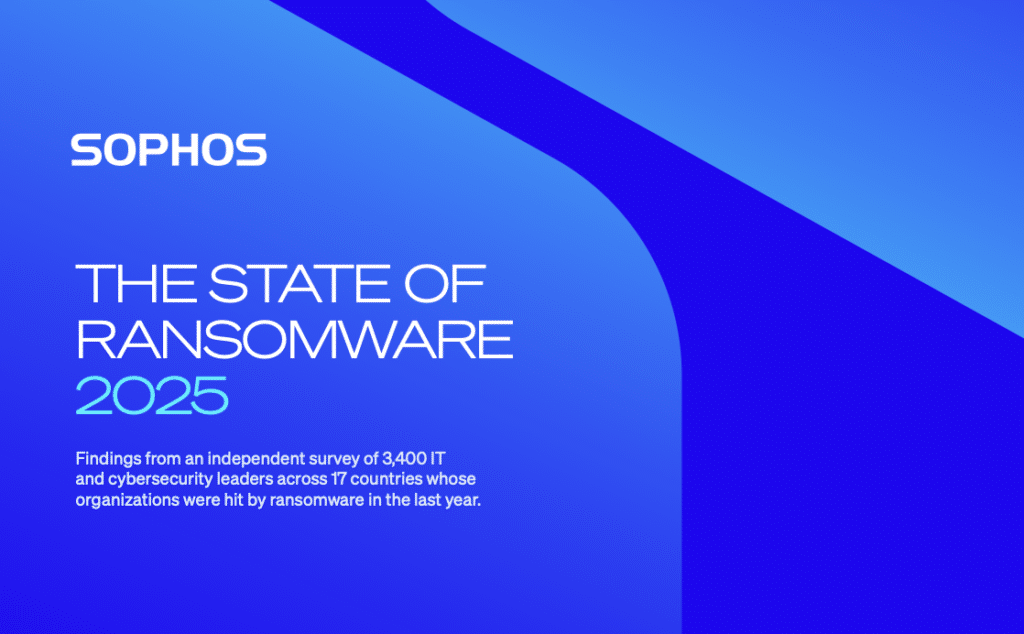Cyber security and the risks of working from home

Flexibility in the workplace has certainly seen an increase over recent years, but nothing could have prepared us for the challenges of this year with the pandemic.
Many businesses may have had certain security policies in place regarding home working, but even those with policies will not have been prepared for whole workforce becoming remote. This has challenged even the most prepared companies. As a result of COVID-19, there have certainly been spikes in cyber-attacks and whilst we have all survived two lockdowns, we may not be allowing our teams to return to the office immediately or may be continuing with a hybrid solution of some remote and some office based. So how do you protect your remote working teams and ensure that you are cyber secure? What are the dangers? On-line work in general increases the potential for cyber-attacks. Whilst we are working in the office environment, we are protected by our IT blacklisting distrusted IP addresses, firewalls. With our ever-increasing reliance on technology, we become more vulnerable. Work tasks are completed online and that can compromise the security of your business. Hackers can try and crack your passwords for instance and this is particularly easy if you use the same password for multiple on line apps-these are the apps that your teams could be using to stay in touch with other team members. The Ciso Benchmark report for 2020 identified that businesses are struggling to manage remote workers particularly on mobile/phone devices. In fact, 52% of respondents said that mobile devices were the most challenging to protect! Phishing emails are another method that hackers use to infiltrate your security. They can trick your teams into handing over personal details or more importantly, click on links or download malicious attachments. Many of these phishing emails are also targeting people’s fear over COVID-19 and another study showed that since February, there has been a 600% increase in Phishing emails! The most common concern though must be from employees using their own devices to work from at home and this most certainly spiralled when the pandemic hit. What security measures can you put into place? As much as possible, you should ensure that your teams are working from work devices only so that they are subject to remote access security and implementation of a two-factor password would be advisable to mitigate any risk of hackers gaining any access to your systems. Implement anti-malware software and update any applications with security measures. This means that your IT department will have complete sight of your organisations IT infrastructure and will have the ability to monitor any malicious security. Risk Control It is advisable that you create a remote working policy which should essentially contain the following:
- The creation and maintenance of strong passwords
- Acceptable policy on websites viewed when not viewing them for company work.
- Guidance on storing devices securely
- Use of devices in public places.
Whilst these polices will help in the short term through the pandemic, these are policies that you should keep going forward. If you need help supporting your teams whilst working remotely then contact our team today.
Many businesses may have had certain security policies in place regarding home working, but even those with policies will not have been prepared for whole workforce becoming remote. This has challenged even the most prepared companies.

Subsribe for updates and our latest research
You may be interested in
Is Your MSP Really Helping You Grow — Or Just Keeping the Lights On?
There’s a moment in every business where the question quietly surfaces: “Are we getting what we really need from our IT provider?” It’s not always easy to answer. On the surface, things seem fine. Tickets are resolved. Reports arrive. There’s someone to call when things go wrong. It’s familiar. It’s comfortable. And that comfort can be deceiving. Because beneath the surface, many organisations are stuck in a service relationship that feels safe — but is actually stagnant. And here’s the truth: comfort isn’t the same as progress. For many, the idea of changing MSPs or challenging the…
The 2025 State of Ransomware: Key Insights on Attacks, Costs, and Recovery
Ransomware continues to evolve — and so must our defenses. The State of Ransomware 2025 report from Sophos presents one of the most comprehensive views yet into how organisations around the world are being impacted by ransomware attacks. Based on an independent survey of 3,400 IT and cybersecurity leaders across 17 countries, the report explores how attacks are evolving, the operational weaknesses adversaries exploit, and the human and financial tolls that follow. Whether you’re building a cybersecurity strategy or assessing risk, this year’s findings offer crucial, real-world insights to guide your response. Key Findings from…
Outgrowing your MSP; businesses need a provider that scales with their growth
To stay competitive, business leaders must align with MSPs that deliver strategic value, drive innovation, and support to scale. Now firmly into 2025, it’s becoming clear what the year has in store for the IT landscape. For SMBs, the message is clear: business growth must be matched with smarter, more scalable managed services. The demand for cyber-resilient, cloud-first and AI-integrated solutions is no longer a forecast – it’s a reality already shaping business priorities. According to leading global technology market analyst firm Canalys’ MSP Trends 2025 report, the MSP model is transforming under growing pressure…
End of windows 10 support signal urgent action needed from UK organisations as cyberattacks continue to rise
Recent breaches at major UK retailers, combined with the approaching end of life of Windows 10, highlights a critical moment for IT resilience planning The recent wave of cyberattacks targeting major UK retailers has highlighted the growing security risks associated with organisations running outdated systems and applications and maintaining weak identity verification protocols. These incidents—particularly those involving Marks & Spencer and the Co-Op—have starkly exposed how vulnerable legacy infrastructure and insufficient access controls can be. In both cases, attackers successfully posed as legitimate employees and manipulated IT help desks into resetting internal passwords, ultimately gaining…
UK SMEs must fortify their cybersecurity against geopolitical risks, says Espria
A recent Sky News investigation highlighted an uptick in cyberattacks tied to the Iran conflict that are targeting businesses across multiple sectors. Speaking at the NATO Summit, Prime Minister Sir Keir Starmer urged UK businesses, regardless of size or sector, to prioritise cybersecurity and ‘take immediate steps to review and strengthen their defences.’ While the warning is timely in tone, businesses are already becoming targets of politically motivated cyberattacks, emphasising the need for heightened vigilance. “As tensions spread globally, threat actors will continue to exploit digital vulnerabilities, and neutral businesses may be caught in the…
Why Businesses Should Invest in ESG: Lessons learned by Espria
In today’s competitive landscape, Environmental, Social and Governance (ESG) performance is no longer just a “nice to have”—it is a critical business imperative. Companies that prioritise ESG are better positioned for long-term success, risk mitigation, and reputation enhancement. Today’s world demands more from companies than just financial performance. Customers want transparency. Employees want purpose. Investors want resilience. ESG helps businesses manage risk, seize new opportunities and build trust with the people who matter most. It is how you can stay competitive, stay responsible and stay relevant in a fast-changing world. A powerful case study of…





